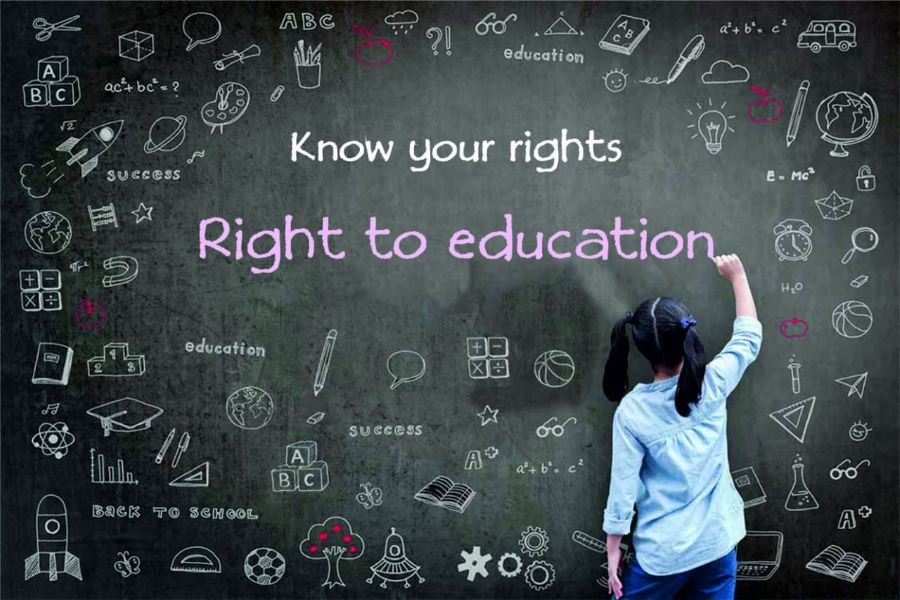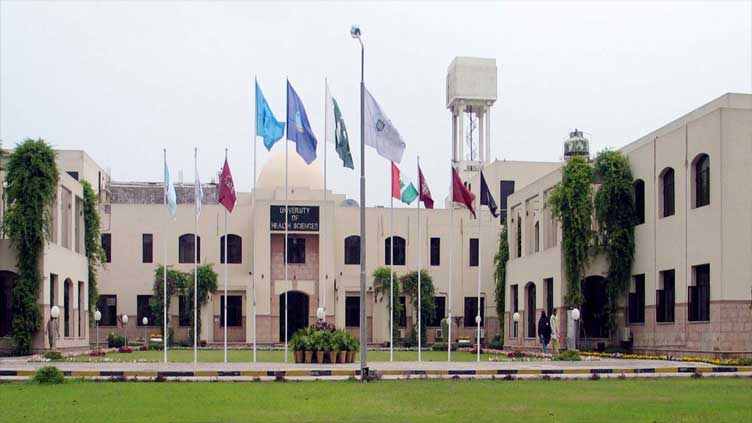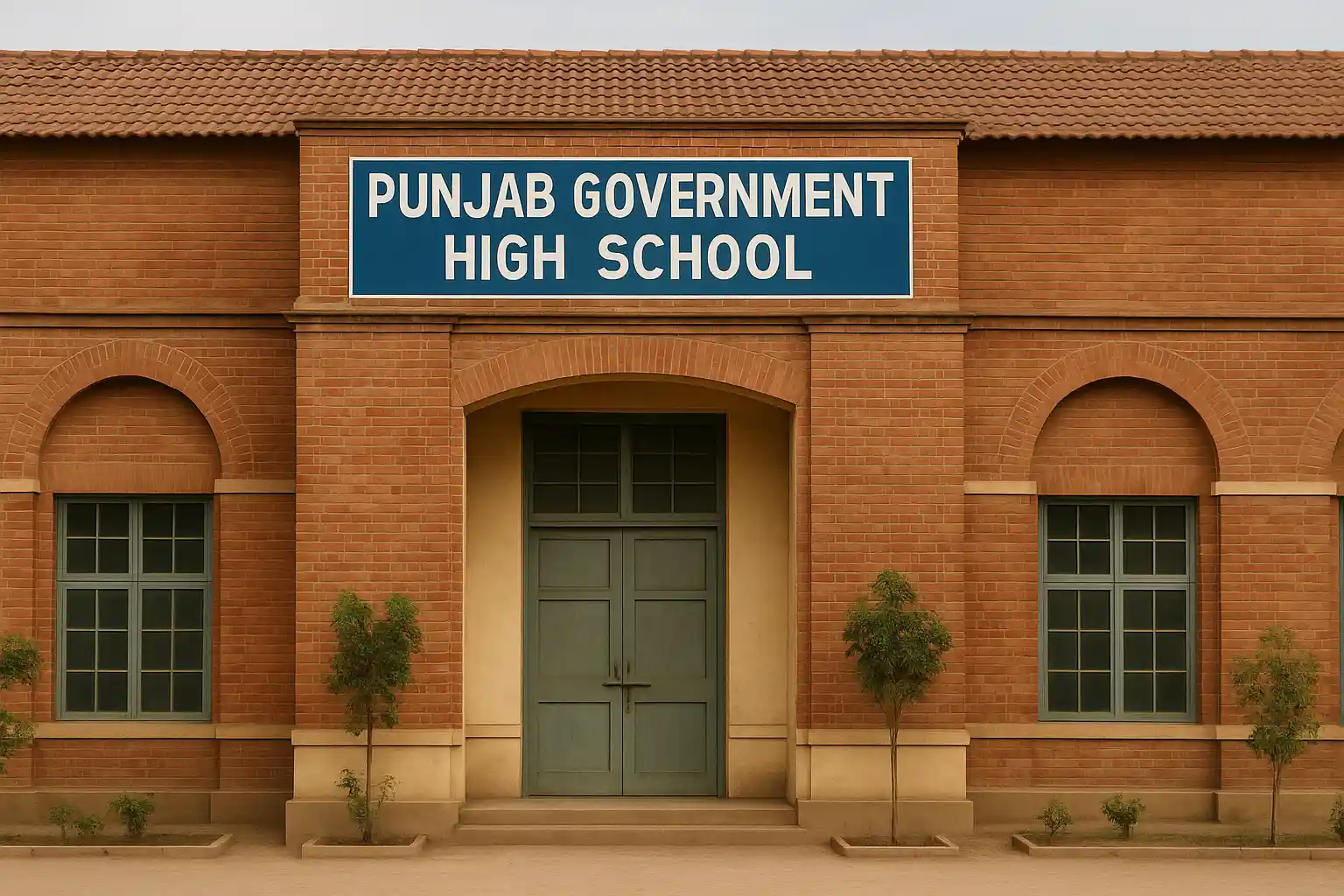Introduction
Education is part of a basic human right and the main pillar of a progressive society. This right stands anchored in Article 25-A of the Constitution of Pakistan, which mandates free and compulsory education among all children between the ages of 5 and 16 years. Article 25-A was introduced by the 18th Amendment in 2010 as a crucial milestone in realizing the right of all children in Pakistan to get an education. Nonetheless, such legal assurance has failed to get millions of children into schools because of a number of socio-economic and systemic issues.
What is Article 25-A?
Article 25-A provides that the State is obligated to offer free education to all children between the ages of five to sixteen years in a manner that would be determined by law. This translates to the fact that the government has the legal requirement to ensure that all children in this segment have access to education and are made to learn at no cost. It puts education not only as a social but also a constitutional right of any Pakistani child.
Importance of Article 25-A
Education is legally identified.
Education became a legal right in Pakistan, and this was its first in lieu of history. This put Pakistan in line with international commitments like the Universal Declaration of Human Rights and the UN Sustainable Development Goals.
Particular Way to Social and Economic Development
Acquisition of education removes poverty, enhances public health, and encourages gender equality. It creates a more educated, skilled, and able labour force, which is needed in national development.
Promoting Equality
Article 25-A aims to solve the problem of inequality between the rich and the poor, as the law ensures that every person receives a free education. Theoretically, it gives access to each child, irrespective of background, the opportunity to learn, develop, and succeed.
How Provinces Are Implementing It
Following the 18th Amendment, education was made a province-specific issue, and every province came up with its legislation regarding the implementation of Article 25-A.
Punjab
The province of Punjab enacted the Punjab Free and Compulsory Education Act 2014. The province has endeavored to rectify the enrollment cases, and a significant number of schools in the rural areas lack facilities, skilled teachers, and retention of students.
Sindh
Sindh enacted the Right of Children to Free and Compulsory Education Act 2013. But the existence of a very large number of schools on paper only (so-called ghost schools) and serious problems of governance.
Sic Khyber Pakhtunkhwa (KP)
KP has achieved significant advances in the education of the girls and teacher training, yet the rate of dropouts is still high in remote localities and territories under the influence of conflicts.
Balochistan
This is the province most challenged in the implementation of Article 25-A. There is poor infrastructure, and in parts of this province, some schools are either not accessible or are not child-friendly.
Major Challenges to Implementation
Although the legislation is there, several barriers face the complete implementation of Article 25-A:
Devotion to low-budget allocation
The percentage of GDP that Pakistan spends on education is very low compared to international standards, as it is less than 2 percent of the GDP. This grossly restricts the growth of schools, the training of teachers, and the learning materials.
Shortage in Infrastructure
Thousands of schools lack minimum amenities such as clean water, toilets, electricity, and even buildings.
Teacher shortages
This means that there are serious shortages of trained and qualified teachers, and this is more prevalent in the rural and underdeveloped parts.
Cultural Barriers
Girls are not allowed to visit school or are even discouraged in certain conservative areas of the country, and this happens especially beyond the primary level.
Weak Monitoring Systems
Most of the schools funded have existed without a substantial accountability mechanism, and are stuck in a never-ending loop of underperformance or no performance at all.
The Consequences of Inaction
Failure to implement Article 25-A effectively leads to serious national consequences:
- 22.8 million children are out of school in Pakistan.
- Illiteracy fuels poverty and unemployment.
- Gender gaps persist in both education and employment.
- A weak education system affects Pakistan’s global competitiveness and development goals.
Role of NGOs and Civil Society
Several non-governmental organizations are playing a crucial role in supporting Article 25-A’s implementation:
The Citizens Foundation (TCF)
TCF runs over 1,600 schools in low-income areas, providing quality education to nearly 300,000 students, especially girls.
Idara-e-Taleem-o-Aagahi (ITA)
ITA conducts national learning surveys and promotes education advocacy. Their ASER Report is a valuable tool for education policy reform.
Other Organizations
Groups like Teach for Pakistan, Khan Academy Urdu, and Care Foundation also contribute by offering alternative learning models, digital education, and teacher training.
Government & International Initiatives
International partners, as well as the Pakistani government, have initiated many activities to enhance access to education:
TeleSchool
As an education channel that uses TV, it was developed in the context of the COVID-19 pandemic, when many students lost access to the internet.
UNICEF and UNESCO Help
Such international organisations assist with teacher training, curriculum, and gender-sensitive education policies in Pakistan.
Recommendations to Improve Article 25-A Enforcement
Increase Budget
Pakistan has to invest more in education, as it spent only 2.3 percent of GDP in 2010; it had to raise at least 4 percent to cover school conditions, teacher wages, and study supplies.
Improve Monitoring
You should use technology to monitor the attendance in schools, the presence of teachers, and the status of infrastructure in real time.
Empower Communities
Engage the parents, local authorities, and the civil society in the running of the schools and raise awareness on the right of a child to be educated.
Girls Education
Offer scholarships and school-related transportation as well as safe school conditions to retain the girls, particularly in rural schools.
Empowering Public-Private Partnerships
Mobilization of NGOs, the private schools can assist in enlarging the scope of education delivery and relieving the burden on government resources.
Positive Examples from the Field
Punjab Education Foundation (PEF)
PEF works with low-cost private schools and pays them for each child enrolled. This model has helped educate over 2.5 million students.
KP’s Girls’ Stipend Program
This initiative provides cash incentives to families for sending their daughters to school, which has significantly improved female enrollment.
Digital Classrooms in Sindh
Some pilot projects in Sindh are using tablets and online lessons to reach students in hard-to-access areas.
Conclusion
Article 25-A is not merely a legal provision; it is a national commitment to all children. Although most people may view its introduction as a very historic feat, there is still so much more to be done in order to actualize its implementation. Pakistan has to realize this potential, and the means to unlock it is through education, especially in key regions like Punjab Education, where reforms can set a national example. The more kids get to school, the stronger our economy, society, and future will be. Government, civil society, parents, and children need to step in and make the pledge of Article 25-A a reality, and that too, because education is not a privilege, but a right.




